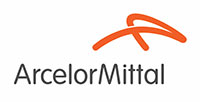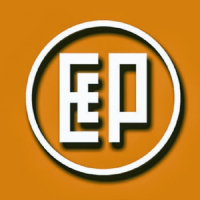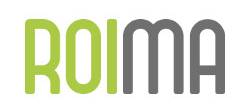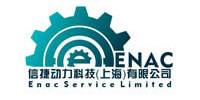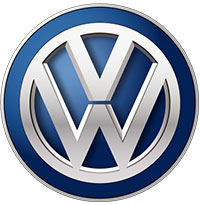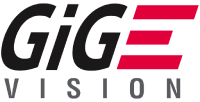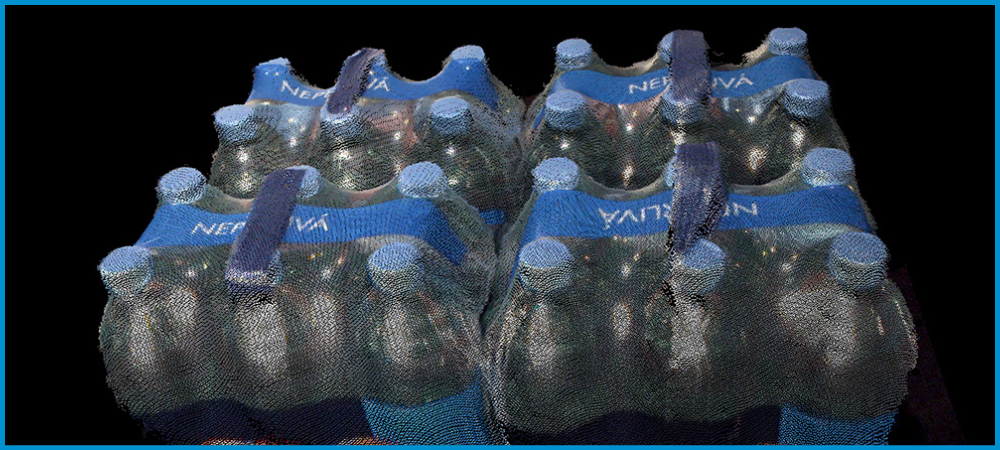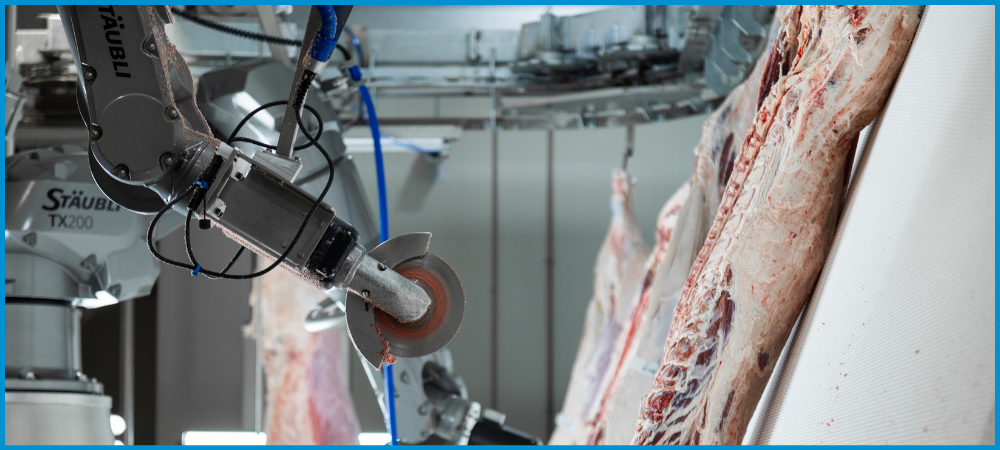Applications
Object manipulation & robot guidance
In general, it is easy to program robots to repeat certain movements. It requires putting a part to the same position every time. However, sometimes it is cumbersome to create purely mechanical system that fulfills the requirement. Therefore, most of such tasks are performed by human operators. PhoXi 3D vision system provides robots with sight and understanding, so they are able to adjust their movement while handling parts placed randomly, and there is no need for the mechanism ensuring specifically set positions of the parts being handled.



